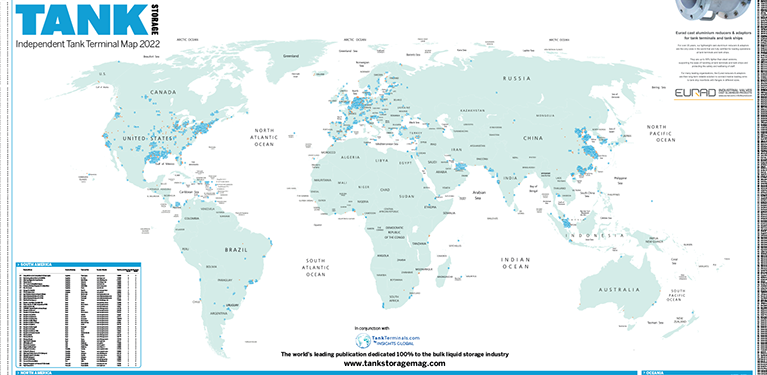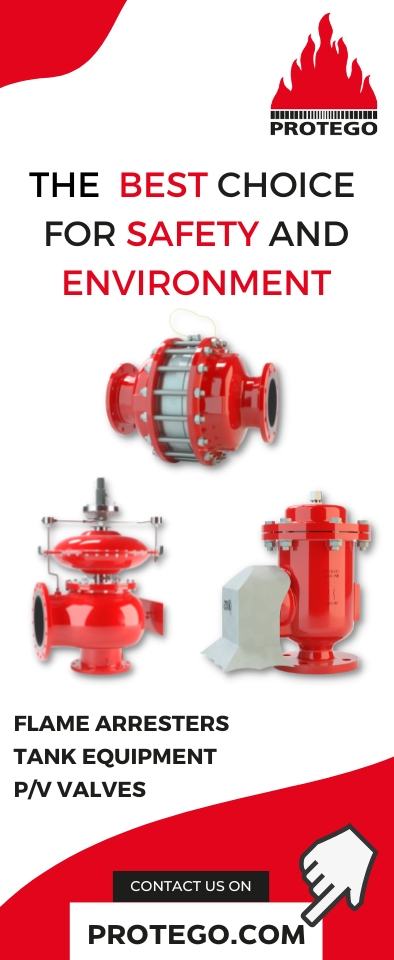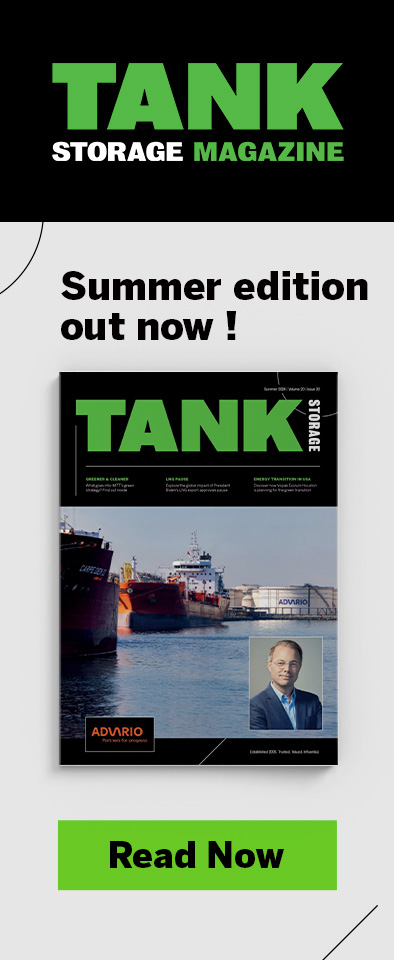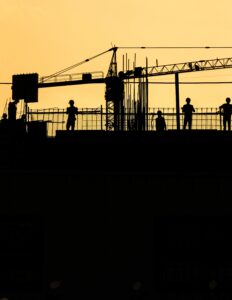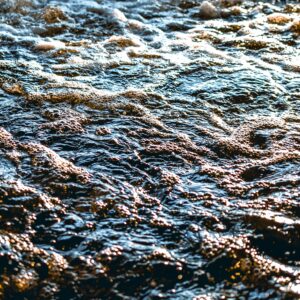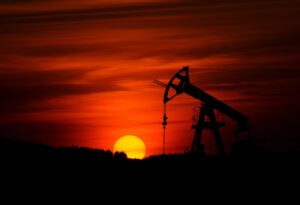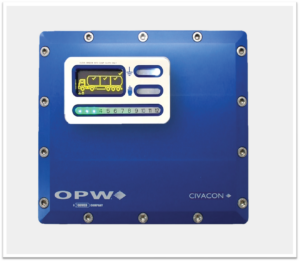Level measurement technology is a key component of tank gauging systems for vessels containing liquefied natural gas (LNG), liquefied petroleum gas (LPG), or other liquefied gases. Reliable liquid level measurements inside complex full containment tanks are vital for inventory management and custody transfer purposes, and to prevent overfills.
In liquefied gas applications, level measurement has often been performed with servo technology. A small displacer suspended by a thin wire is connected to a servo gauge on top of the tank. A weighing system in the servo gauge senses the tension in the wire and sends signals to control an electric motor in the servo unit, making the displacer follow the liquid level. In more recent times, readings from these devices have been automated.
Servo technology has some major shortcomings. Servo gauges have many moving parts that are susceptible to mechanical wear, increasing their maintenance requirements and likelihood of failure. Because the displacer and the wire are in contact with the liquid, they can become contaminated, affecting the measurement accuracy, and can mean recalibration, maintenance and repairs are required. Additionally, servo gauging is sensitive to changes in liquid density, which affects its measurement accuracy.
RADAR FEARS UNFOUNDED
One reason for the continued use of servo technology is that some operators are concerned that radar gauges might not perform well in these vessels due to high gas density in the vapour space. However, such concerns over the influence of gas on radar signals are unfounded.
Radar level gauges have been proven to perform excellently on virtually all liquids stored in atmospheric tanks, and on liquefied gases in refrigerated tanks. They are used on more than 8,000 LNG and LPG tanks worldwide. During nearly
40 years of service, no Emerson radar installation has experienced any safety- or reliability-related problems due to vapour or high gas density.
OPTIMISED SIGNAL STRENGTH
That is not to say that achieving accurate level measurements in these applications is not challenging. A radar gauge needs a sufficiently strong echo from the liquid surface. In liquefied gas applications, a still-pipe is used to guide the radar signal, resulting in a strong, undisturbed echo from the surface of the liquid. Modern top-down radar gauges use frequency modulated continuous wave (FMCW) technology that optimises their radar signal strength and produces a more robust and reliable measurement. The result is level measurement accuracy to within 0.5 millimetres (0.020 inches)
and a 180% reduction in volume uncertainty when compared with less sophisticated measurement methods, such as servo gauges.

IMPRESSIVE RELIABILITY
Radar level gauges can also boast impressive reliability, with mean time between failures for critical parts measured in decades. Their design minimises maintenance requirements because they have no moving parts and do not touch the liquid. Since no regular maintenance or recalibration is required, the availability of these devices is close to 100% during their long lifespan, maximising operational availability of tanks and vessels.
Because of the size of liquefied gas tanks, long measuring distances are typically required. However, radar level gauges have antennas that can accurately detect tank levels at distances of over 60 m, and the measurements can be verified while the tank is still in operation. This is achieved by comparing measured level values to the known distance of a verification pin mounted in the still-pipe, along with a deflection plate at the end of the pipe.
NO NEED FOR DIVERSIFICATION
It is common practice to install three level gauges, with two gauges supporting the tank gauging system and a third providing information for the overfill prevention system. The safety instrumented system (SIS) may integrate input from all three gauges, with SIS alarms triggered on a two-out-of-three voting scheme.
A common misconception is that the instrumentation used to support the tank gauging system and the overfill prevention system must use different technologies, referred to as diverse separation. However, the International Electrotechnical Commission’s global safety standard IEC 61511 confirms that it is legitimate to use the same technology, known as identical separation.
Current consensus is that diverse separation introduces extra complexity and increases the likelihood of human error, as it requires personnel to be trained in installing, configuring and proof-testing two different technologies rather than one. An ARC Advisory Group study in 2015 revealed that 42% of unscheduled plant shutdowns in the process industry were due to operator error, and it is widely accepted that more than 50% of process industry safety incidents occur during transient states such as shutdowns. Streamlining operations is therefore vital in preventing safety incidents and optimising terminal throughput. Using a single technology simplifies maintenance and reduces spare part requirements.
2-IN-1 TECHNOLOGY
Although new installations can therefore legitimately use radar level gauges in both the tank gauging system and the overfill prevention system, some tanks have practical limitations that make upgrades with two separate level gauges cost-prohibitive. For instance, there might not be an additional tank opening available, and the necessary modifications would involve the tank being taken out of service.
This problem is solved by Emerson’s Rosemount 5900S 2-in-1 Radar Level Gauge, which consists of two independent electrical units and a common antenna. When connected with its cables separated in different cable trays and with separate power sources, a single level gauge can be used for both tank gauging and separate overfill prevention purposes, thereby requiring only a single tank opening and minimal or no tank modifications. Third-party assessor Exida has verified that the device fulfils the requirements of IEC 61511 to be used simultaneously as both a tank gauging sensor and an overfill prevention sensor.
PROOF-TESTING
Level gauges used in a SIS must be periodically proof-tested to ensure that they will function properly. These tests have traditionally been carried out by technicians in the field and verified by a worker in the control room. This time-consuming method can involve workers having to climb tanks to access the instruments, putting their safety at risk. However, the Rosemount 5900S has functionality that enables proof-tests to be performed remotely from the control room, thereby making the procedure safer, faster and more efficient.
GASUM LNG TERMINAL
A good example of the technology’s reliability can be found at the Gasum LNG Terminal in Lysekil, Sweden.
Gasum is the biggest distributor of LNG in the Nordic countries, with its Lysekil facility used for the storage and distribution of LNG for production processes in nearby industries. The terminal has a 42 m high, above-ground concrete tank, with a 30,000 m3 capacity. Most of the LNG comes from the Gasum liquefaction plant in Norway, transported using the company’s own ships, which are also used for ship-to-ship transfer. Liquefied product is also distributed via company-owned trailers. Gasified product is distributed to a neighbouring refinery via a pipeline. If the refinery had to shut down because its energy supply stopped, it would cost several million dollars. It is therefore critical to maintain an uninterrupted energy supply.
Radar technology is Gasum’s preferred choice to provide level measurement because it requires minimum maintenance. The tank uses three Rosemount 5900S Radar Level Gauges with a specific LNG antenna, suitable for cryogenic temperatures. The application is set up so that it requires alarms from at least two of the three gauges to shut down the process, thereby avoiding a false alarm that could interrupt production and affect profitability. In addition, having three gauges means that there is always one spare device in usage.
’We don’t take any risks. A stop in operation is not an option, so we use the two-out-of-three principle for safety and maintenance purposes,’ says terminal manager Benny Johansson.
Since installing the radar-based solution, Gasum has been delighted with its accuracy and reliability. There have been no unplanned shutdowns, no maintenance requirements that involved having to open the cryogenic tank, and being able to proof-test the level gauges remotely from the control room has made the procedure quicker and safer.
CONCLUSION
Concerns that radar level gauges will not perform well in liquefied gas applications are unfounded. Indeed, modern radar gauges provide significant benefits in comparison with older and less sophisticated servo technology. A strong radar signal ensures accurate and reliable measurement, while a lack of moving mechanical parts makes for an almost maintenance-free device. With technology diversification not being a requirement of the relevant global safety standard, radar gauges can legitimately be used for both tank gauging and overfill prevention system purposes. The innovative design of the Rosemount 5900S 2-in-1 Radar Level Gauge enables this to be achieved in a single device, thereby minimising or even eliminating the need for tank modifications. As seen at the Gasum LNG Terminal in Lysekil, Sweden, these devices are providing operators with a safe and successful level measurement solution.
For more information:
www.emerson.com/RosemountLNG


